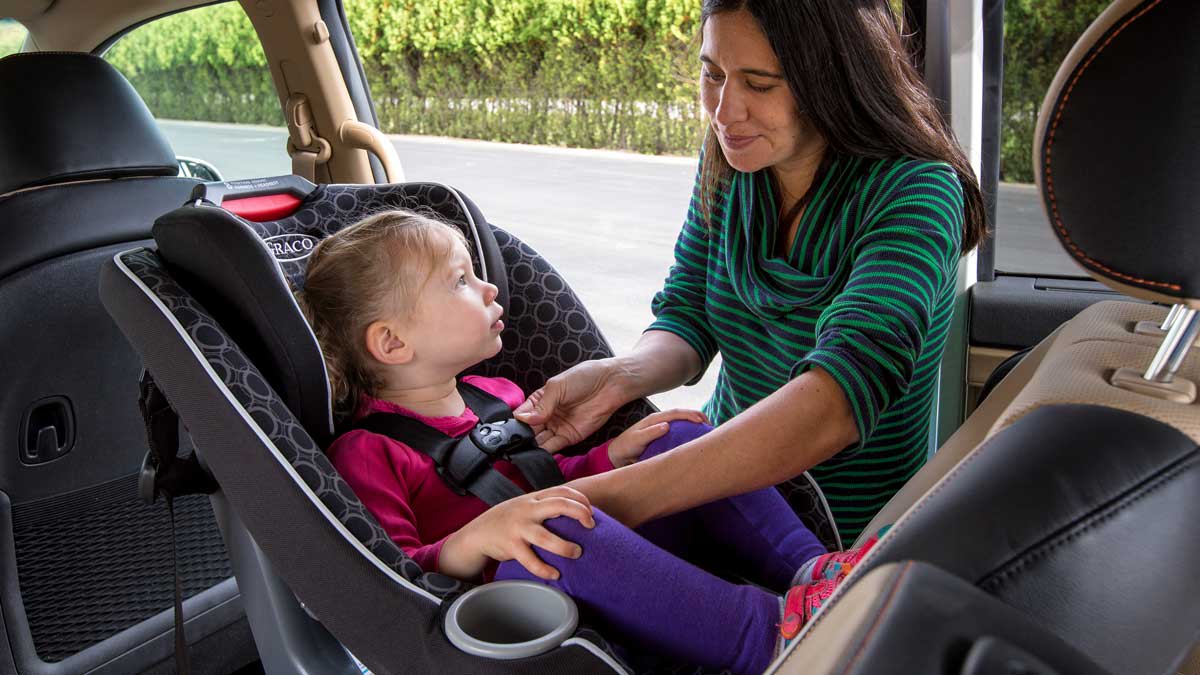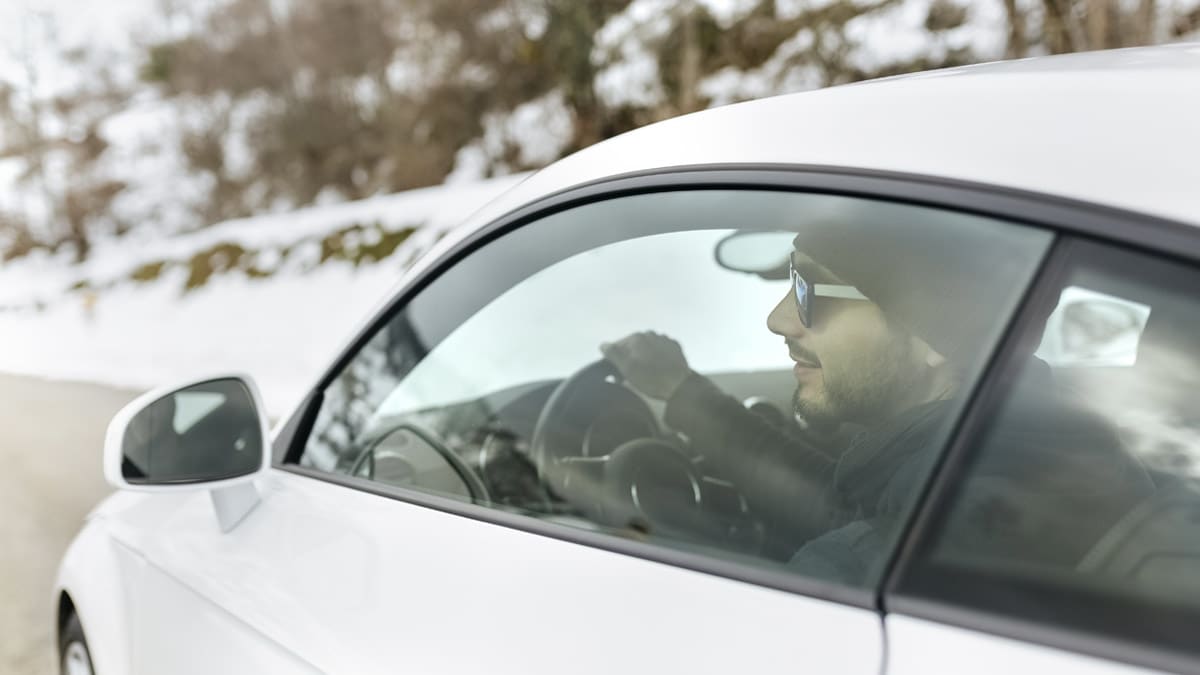
Other than transitioning from one stage to the next, there are some situations that call for fully replacing your child’s car seat:
Your child’s car seat has expired. Many parents don’t realize that child car seats carry expiration dates. This is particularly important when you have several children and use the same car seat for each one. If you’ve been passing down one model for many years, you may be due for a replacement.
The owner’s manual or seat label should tell you when the seat was built and when it should no longer be used. The lifespan is usually six years (or 10 years for all-in-one or booster seats).
Expiration dates ensure that key components of the seat haven’t become too worn and that the seat meets contemporary safety standards, which are regularly reviewed and updated.
Your child’s car seat has been in a crash. Some seats can continue to be used after a minor fender bender. But the National Highway Traffic Safety Administration recommends replacing a seat if it was in a collision that involved injuries or required the vehicle to be towed, if the airbags were deployed, or if the seat or the door nearest the seat was damaged. You’ll also want to confirm what the car seat manufacturer’s guidelines are in the car seat manual because some will suggest replacing a car seat after even a minor crash. Read more about how to tell whether you need to replace your car seat after a crash.
Your child’s car seat is damaged. Daily use, heating and cooling cycles, and less-than-careful storage can take a toll on a car seat’s structure. Parents should check for cracks, loose parts, and worn or fraying straps and fasteners. If the seat is damaged, it might not offer as much protection in a crash as it needs to.
Even if you’re replacing it with the same type of seat, one with new, undamaged components will provide better protection.
Keep in mind that replacing an expired or damaged car seat with a used model isn’t recommended. Car seats can be expensive, and it’s tempting to shop secondhand. Unfortunately, you usually can’t be 100 percent sure of a used car seat’s history, including whether it was involved in a crash, its expiration date, or its recall status. Without that essential information, you could put your child at risk.
Instead, keep an eye out for car seat trade-in events, which are typically offered twice a year at Target and other retailers. These events make buying a car seat more affordable because they allow you to donate your old car seat for recycling, then purchase a new model (or other qualifying baby gear, like strollers or travel cribs) at a discount.









